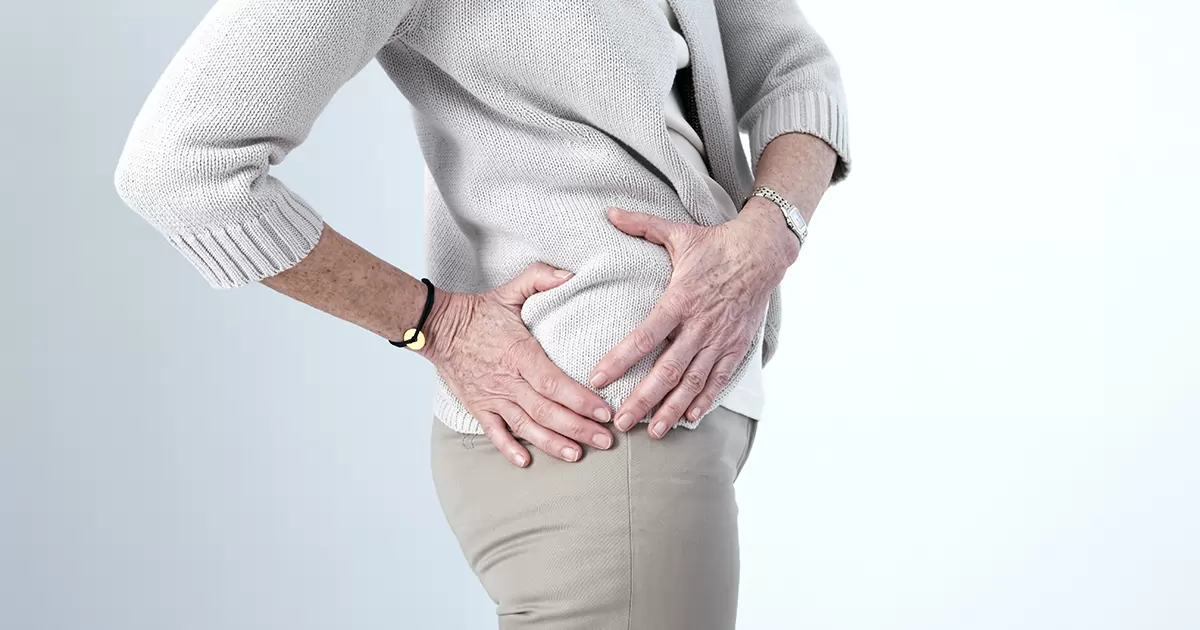- centre@esthersplacegh.com
- (+233) 050 572 1405
- Opening : Mon-Fri 09:00 - 18:00
Blog Update

Trochanteric bursitis is a medical condition that occurs as a result of inflammation of the bursa at the outside (lateral) point of the hip known as the greater trochanter.
A bursa is a sac that usually contains a small amount of fluid and functions as a friction-reducing structure between two anatomical structures, e.g. bone and tendon.
When this bursa becomes irritated or inflamed, it causes pain in the hip. Bursitis is characterized by soft-tissue swelling, localized pain, synovial thickening and increased fluid in the bursa.
Causes of bursitis
Trochanteric bursitis can result from one or more of the following:
Bursitis is more common in women and in middle-aged or elderly people. Beyond the situations mentioned above, in many cases, the cause of trochanteric bursitis is unknown.
Symptoms
Trochanteric bursitis reveals the following:
Treatment
Treatment goals include reducing pain and inflammation (swelling), preserving mobility, and preventing disability and recurrence.
At Esther’s Place Well-Being Hub, the physical therapist may make some recommendations which includes a combination of rest, splints, heat and cold application.
He/she will design a therapeutic program including:
In a worst case scenario, your therapist or healthcare provider will recommend a corticosteroid injection or surgery by a specialist.
Call Us NOW.
CALL ESTHER’S PLACE ON (+233 50 572 1405)
At Esthers Place, we are committed to providing our clients with the highest quality care and support.
Esther’s Place is a wellness and rehabilitation center that is dedicated to helping individuals prevent and recover from injury, illness, or other conditions that may impact their physical, mental, and emotional wellbeing.
WhatsApp Us